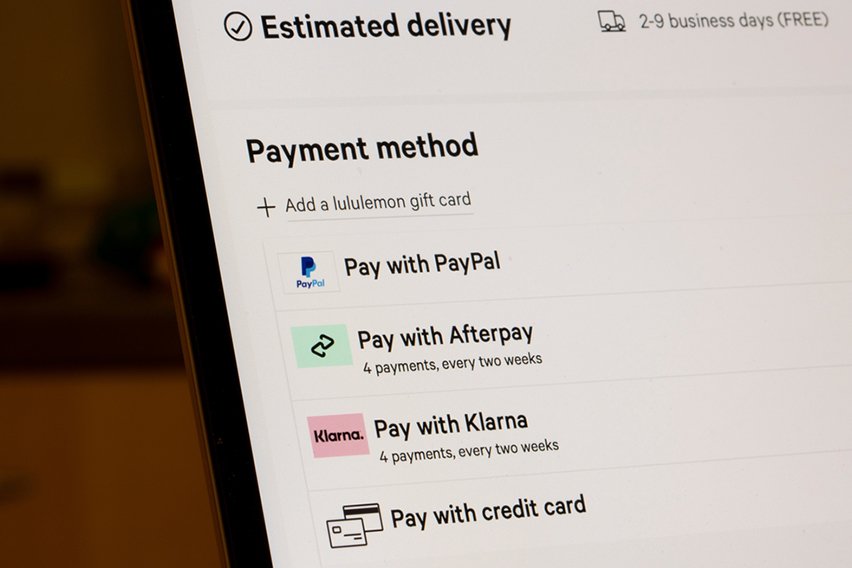What Is a Payroll Schedule? Pros & Cons of a Payroll Schedule

Creating a fixed payroll schedule for your employees makes life easier for everyone. But which one should you choose? This is your ultimate guide to payroll schedules.
If you don’t have a human resources team or payroll administrator, payroll accounting can be complicated. A key part of payroll is working out the payroll schedule for your employees.
Allow me to make a case for payroll schedules!
Here’s What We’ll Cover:
Why Do You Need a Payroll Schedule?
What Are the Different Types of Pay Schedules?
What Is a Payroll Schedule?
A payroll schedule is a set pay period for each employee in your company.
It could be a schedule of intervals like every week or every month.
Or it could be a schedule of dates. For example, you may pay your employees on the 15th of every month.

Why Do You Need a Payroll Schedule?
- The law requires it
Many states have laws around payroll schedules. You have pay schedule frequency regulations to factor in. Check with your state government laws to see what applies to you. - Having a payroll schedule makes accounting simpler
Your payroll ledger holds all of your payroll journal entries. A payroll journal entry is a record of your payroll calculations and tax deductions for each employee. Payroll accounting runs on fixed time periods. - Having a payroll schedule helps you to identify your profit margins more accurately
Payroll is your largest expense as a small business (most likely). If you have ever had a small panic about how you are going to make payroll, you definitely need a payroll schedule.
Why? Having a fixed schedule means that you know exactly what you need to pay by when. This is an absolute dream when it comes to salaried employees. But even hourly employee payroll payments are easier to predict when you have a set pay period. - Your employees are expecting a payroll calendar
Not only is having a payroll schedule easier for you, but it’s also easier for employees. They can budget more effectively. They can feel more secure in their work. Happy employees make a great business!
What Are the Different Types of Pay Schedules?
Any state laws notwithstanding, your payroll schedule is up to you. Here are the four main types:
Weekly Payroll Schedule
Paying your employees weekly means you’ll pay out 52 times per year.
Pros:
- Regular income works well for employees
- Works well for hourly employees or employees with irregular schedules
Cons
- You pay higher payment processing fees as you are paying more often
- You have to do the payroll journal entries every week. Very tiresome!
Biweekly Payroll Schedule
Paying your employees bi-weekly means you’ll pay out 26 times per year.
Unlike semi-monthly payouts, you pay employees every other week without fail. You know how some months have 5 weeks in them? You’ll be paying three times during that month.
Pros:
- It helps regulate the pay of employees with unusual work schedules. They may work more one week and less another week. With bi-weekly pay, they can balance out their salary.
- Overtime is calculated on a weekly basis. So bi-weekly pay makes it easier to compensate for overtime smoothly.
Cons:
- It’s extra work for your accounting team to align costs and payouts. The months have to add up to the pay stubs. This is tricky when the bi-weekly schedule falls over a change in month.
- Benefits are calculated on a monthly basis so more math is required here too.
Semi-Monthly Payroll Schedule
Paying your employees semi-monthly means you will pay out 24 times per year. Except for leap years of course.
This is similar to biweekly but you have set days every month to pay your staff. Usually, it’s the 1st and the 15th.
Pros:
- Pay periods are consistent each month which makes payroll accounting easier
- Payroll processing costs are lower than weekly or biweekly pay schedules.
Cons:
- Semi-monthly is not ideal for employees with irregular work timetables
- Paydays may fall on awkward days because they are fixed by date. For example, the 15th could be a national holiday or weekend.

Monthly Payroll Schedule
Paying your employees monthly means you will pay them 12 times per year.
Pros:
- Payroll processing costs are the lowest for monthly pay
- There is less paperwork to do less frequently
Cons:
- Some states don’t allow monthly payment schedules
- Employees are not fans of monthly pay. It’s harder to budget.
Key Takeaways
Setting a payroll schedule that works for your and your business is important to keep it healthy. You’ll know what you are paying and by when. Your employees will feel more secure in their work. Payroll accounting is simpler.
Set the right payroll schedule for your employees for a happy workplace!
For more guides on payroll, our resource hub will provide.
RELATED ARTICLES

 How to Set Up PayPal Payment Gateway
How to Set Up PayPal Payment Gateway How to Cancel Automatic Payments on PayPal
How to Cancel Automatic Payments on PayPal A Guide to Stripe Payment Methods
A Guide to Stripe Payment Methods Payroll Ledger: What It Is and How to Create One
Payroll Ledger: What It Is and How to Create One How to Receive Money on PayPal: Methods, Duration, and Fees
How to Receive Money on PayPal: Methods, Duration, and Fees Why Is My PayPal Money on Hold or Unavailable: 5 Reasons
Why Is My PayPal Money on Hold or Unavailable: 5 Reasons